
Brilliant Fireball Over Manitoba
100+ reports from 3 provinces and North Dakota

100+ reports from 3 provinces and North Dakota

During this period, the moon reaches its new phase on Friday April 1st. At that time the moon lies near the sun and is invisible at night. This weekend the waning crescent moon will rise during the early morning hours and won’t interfere with meteor observing as long as you keep it out of your field of view.
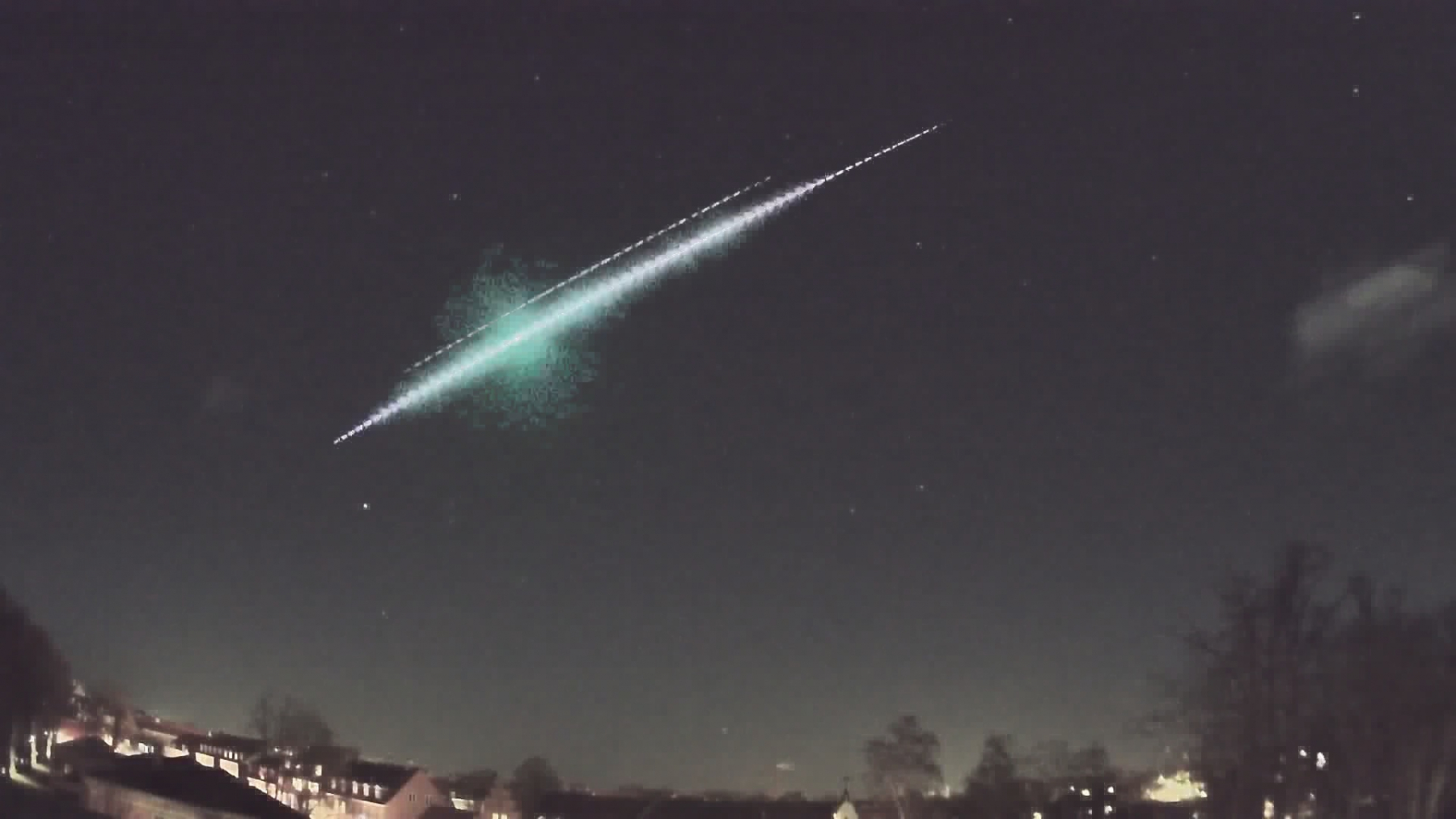
During this period, the moon wanes from nearly full to nearly half-illuminated by the end of the week. This is the worse time of the month to try and observe meteor activity as the bright moon will lie above the horizon most of the night and will obscure all but the brightest meteors.
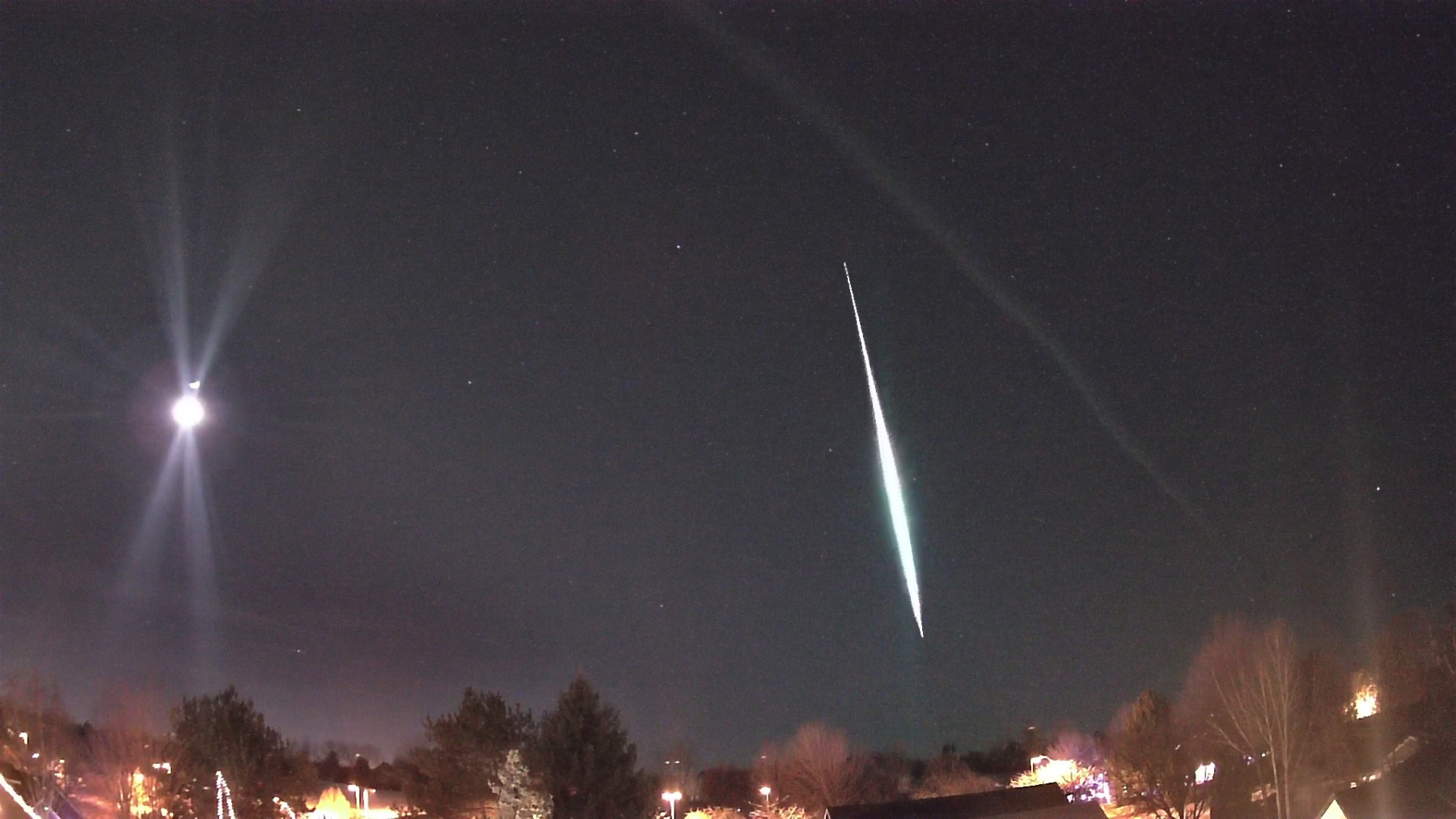
During this period, the moon reaches its full phase on Friday March 18th. At that time the moon lies opposite the sun in the sky and lies above the horizon all night long. This weekend the waxing gibbous moon will set during the early morning hours but will not interfere with meteor observing during the more active morning hours, allowing a few hours of dark sky observing prior to dawn.

Daniel Bush captured this extremely bright fireball at 4:43 CST (10:43 UT) on January 2, 2022, from Albany, Missouri, USA.…
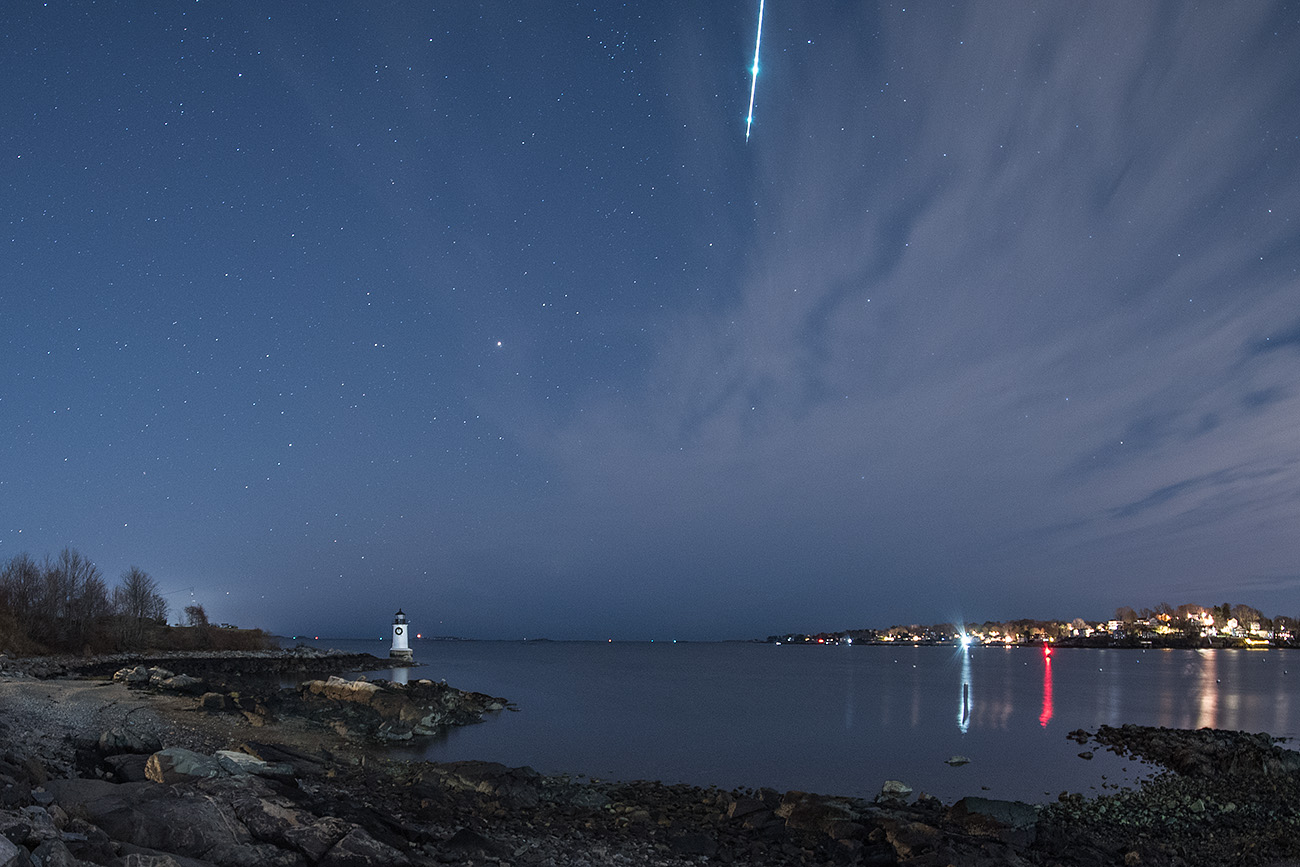
During this period, the moon reaches its last quarter phase on Wednesday February 23rd. At that time the moon lies 90 degrees west of the sun and rises near 01:00 local standard time (LST). This weekend the waning gibbous moon will rise during the evening hours and will spoil the sky for meteor viewing the remainder of the night.
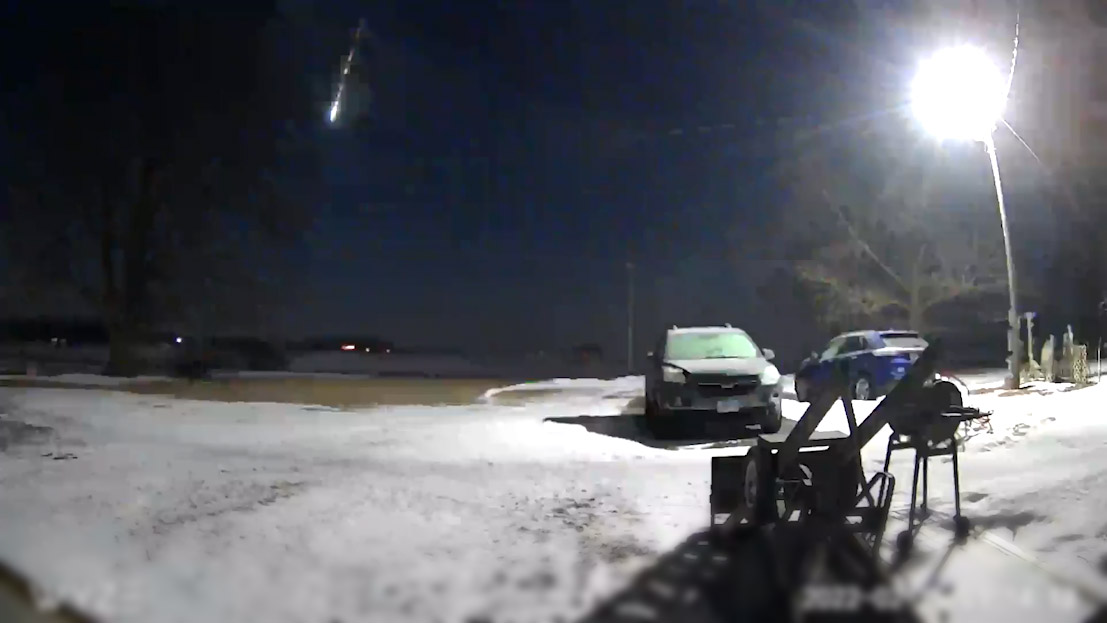
Bright fireball spotted over Illinois and Indiana on February 15th, 2022: 20+ reports and 8 videos so far.
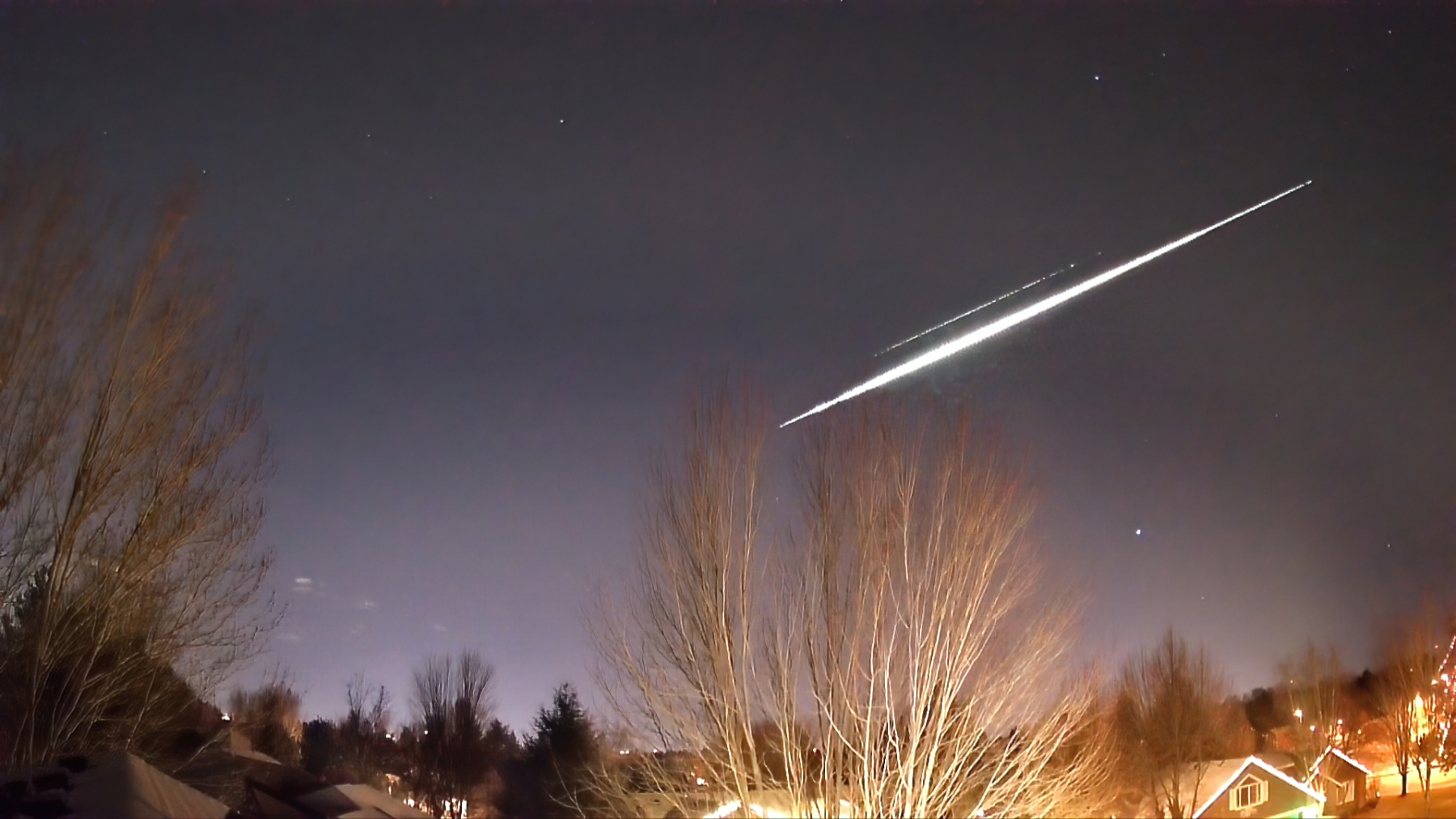
During this period, the moon reaches its full phase on Wednesday February 16th. At that time the moon lies opposite the sun and remains in the sky all night long. This weekend the waxing gibbous moon will set during the early morning hours, leaving a couple of hours to view in dark skies prior to dawn.

As in all years, the activity of meteor showers largely depends on the phase of the moon. If the moon…

During this period, the moon reaches its first quarter phase on Tuesday February 8th. At that time the moon lies near 90 degrees east of the sun and sets near 01:00 local standard time. This weekend the waxing crescent moon will set during the early evening hours and will not interfere with meteor observing during the more active morning hours.
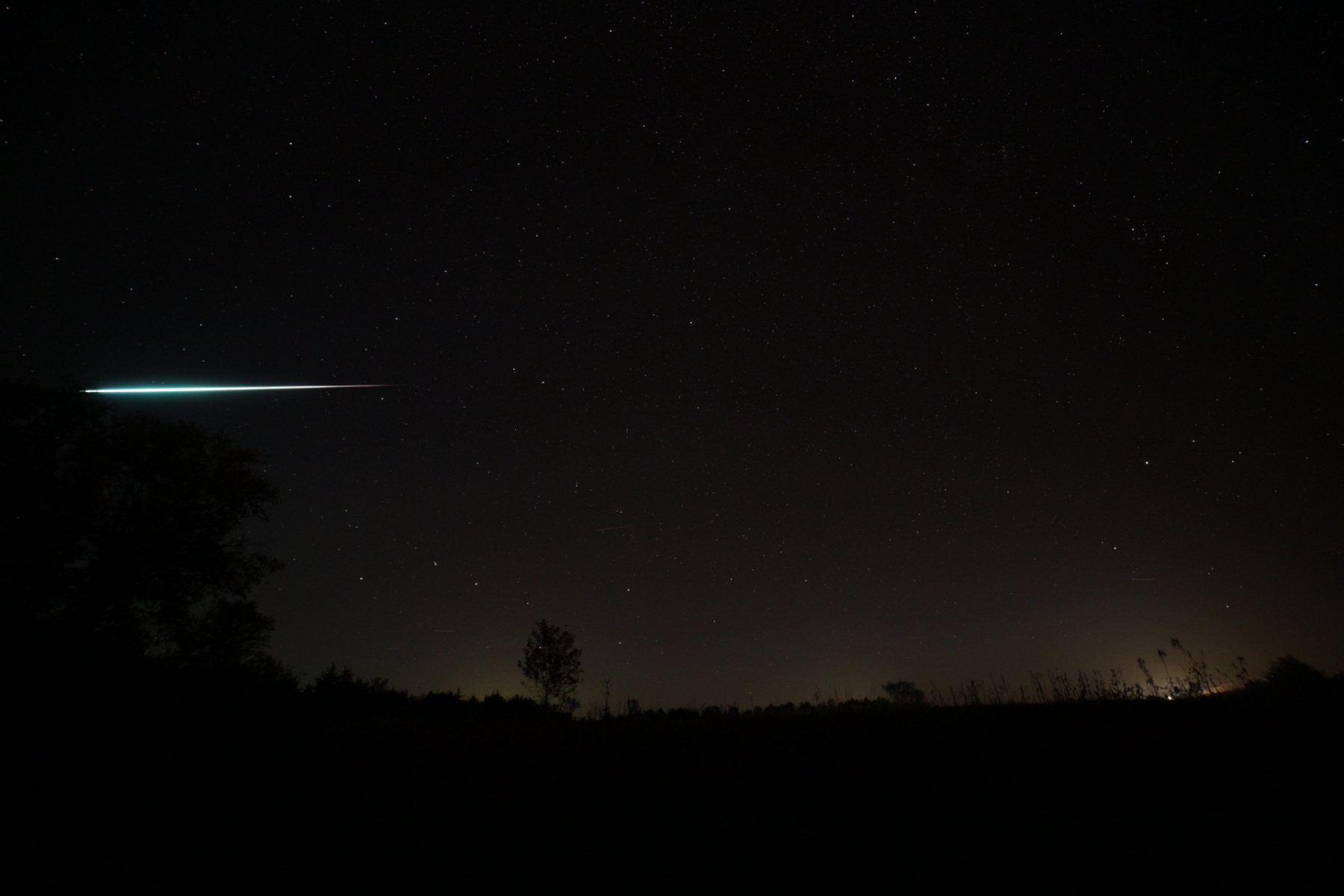
During this period, the moon reaches its new phase on Monday January 31st. At that time the moon lies near the sun and is invisible at night. This weekend the thin crescent moon will rise just before dawn, therefore it will not interfere with meteor observing at this time. The moon will re-enter the evening sky later this week but will set soon after dusk. Again, it will not interfere with meteor observing.
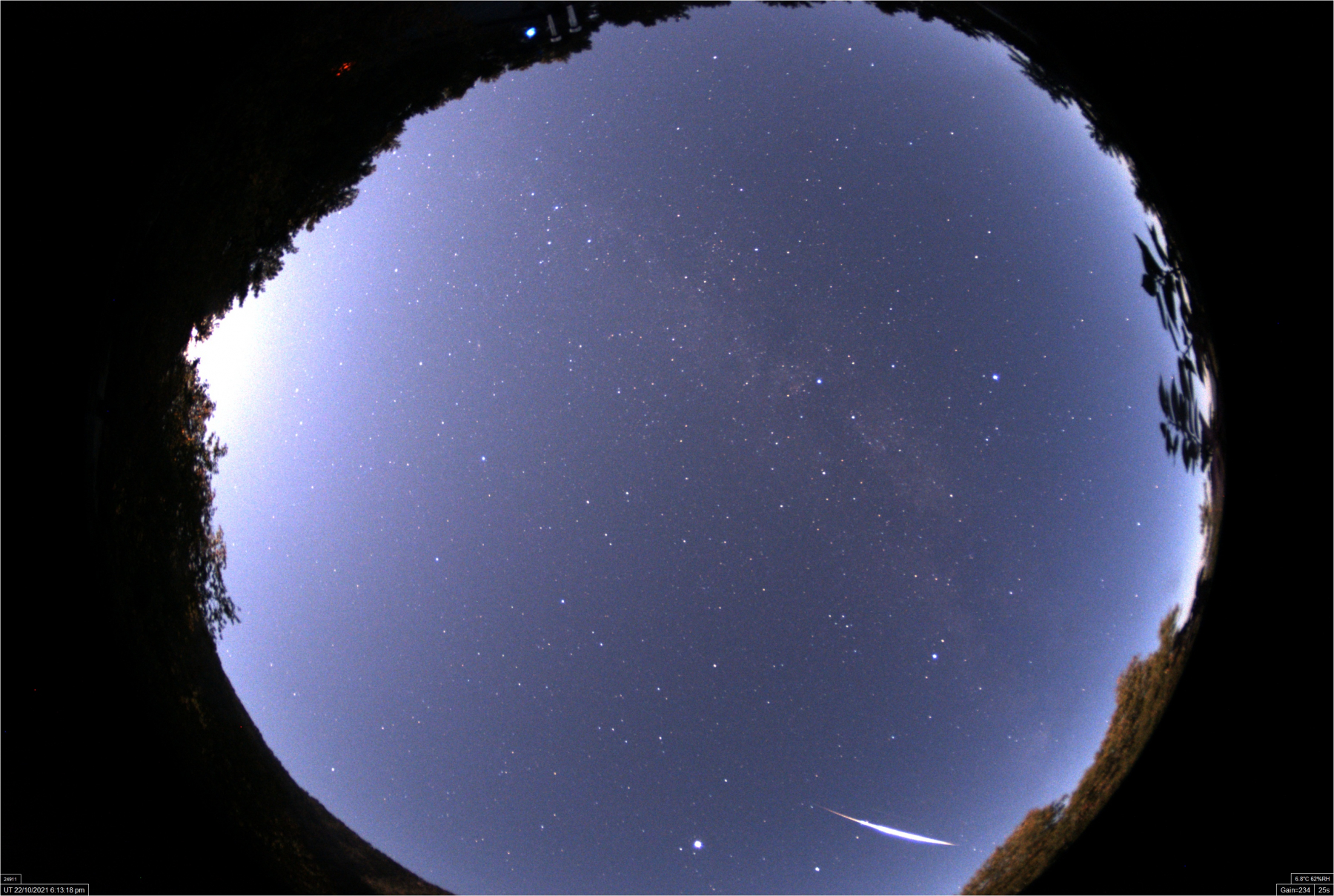
During this period, the moon reaches its last quarter phase on Tuesday January 25th. At that time the moon lies 90 degrees west of the sun and rises near midnight. This weekend the waning gibbous moon will rise during the early evening hours, spoiling the sky with intense moonlight for the remainder of the night.

During this period, the moon reaches its full phase on Monday January 17th. At that time the moon lies opposite the sun and remains above the horizon all night long. This weekend the waxing gibbous moon will set just prior to dawn, allowing only a small amount of time to view under moonless conditions before the break of dawn.
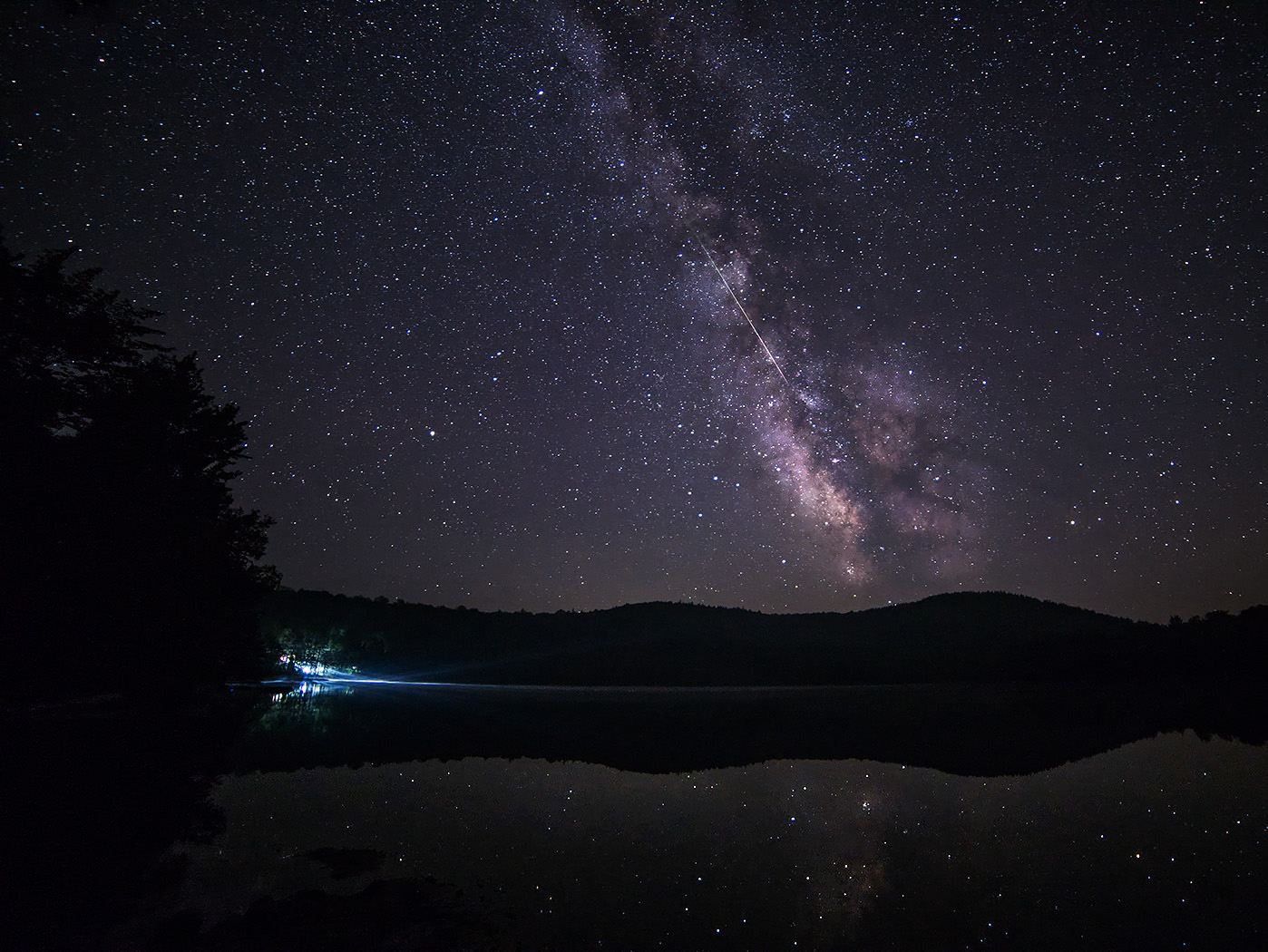
Rick Matthias was photographing the summer Milky Way during the Perseid meteor shower last August when this bright meteor shot…
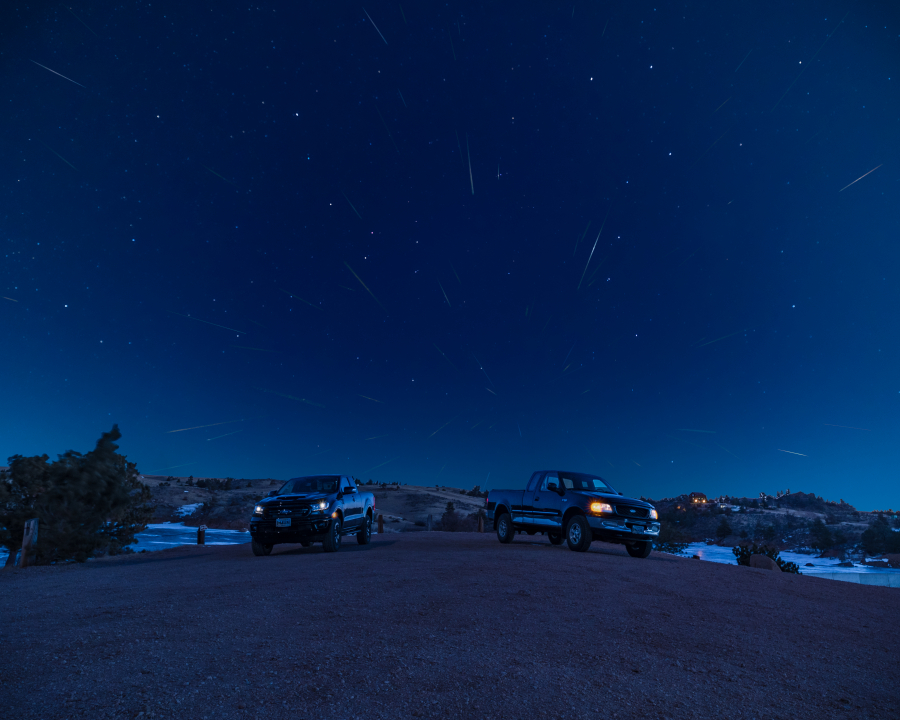
The Quadrantids can be one of the strongest displays of the year, yet they are difficult to observe.

During this period, the moon reaches its last quarter phase on Sunday December 26th. At that time the moon lies 90 degrees west of the sun and rises near 23:00 local standard time (LST). As the week progresses the waning crescent moon will rise approximately 45 minutes later each night, allowing more of the morning hours to be free of interfering moonlight.

During this period, the moon reaches its full phase on Sunday December 19th. At that time the moon lies opposite the sun and is above the horizon all night long. As the week progresses the waning gibbous moon will rise approximately 45 minutes later each night, allowing a small window of opportunity to view under dark skies between dusk and moon rise.
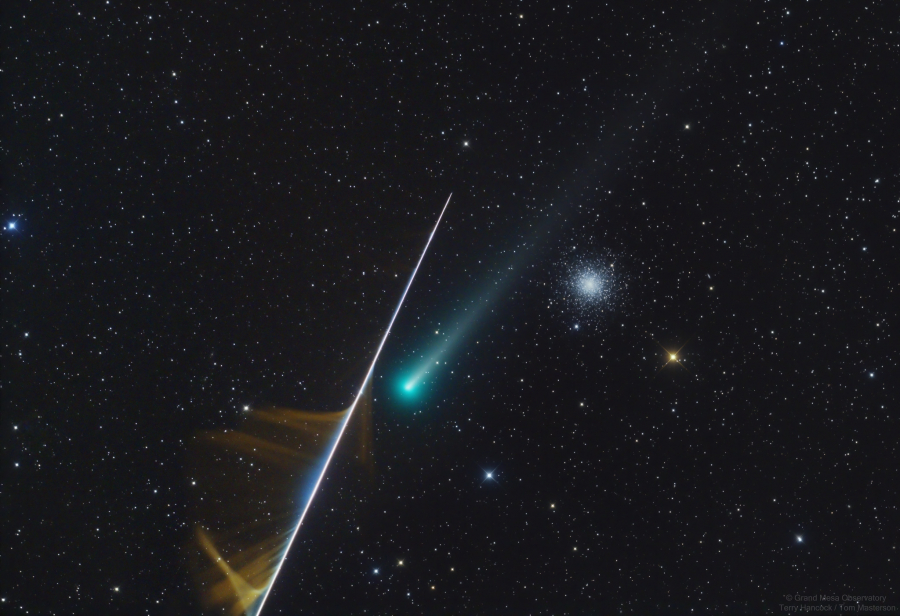
During this period, the moon waxes from its first quarter phase to nearly full. This weekend the waxing gibbous is in the sky during the evening hours and sets just after midnight local standard time. As the week progresses the moon will set approximately 45 minutes later each night and by the end of the week it will be above the horizon all night long.
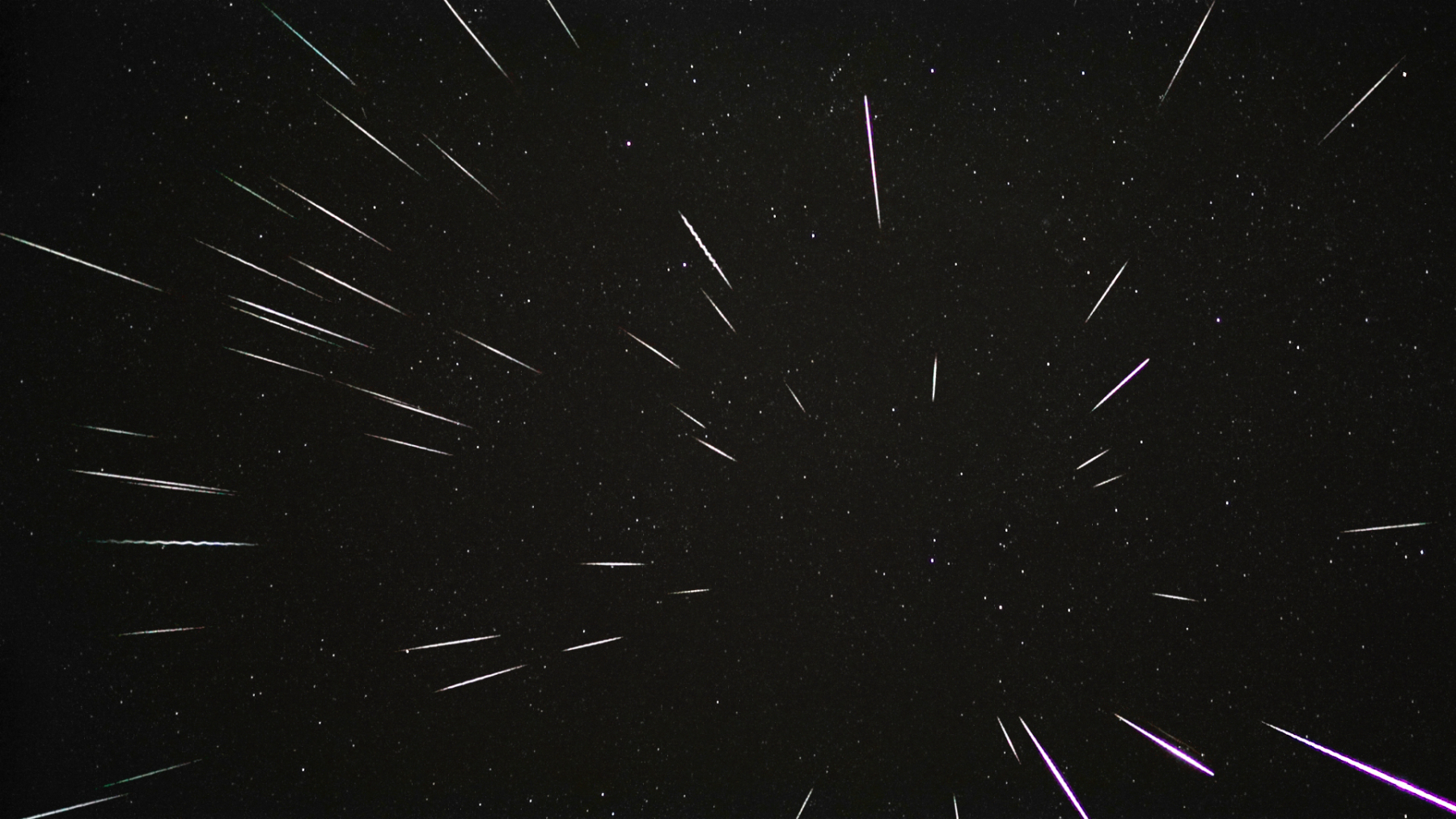
Year in and year out the Geminids are currently the most dependable meteor shower. Unfortunately, they are active in December when temperatures are often cold and skies cloudy in the northern hemisphere. Then is this display worth viewing this year? Most certainly, but this year will be compromised with a bright waxing gibbous moon in the sky until 2:00am. Many meteors can still be seen it will be more of a challenge than usual.
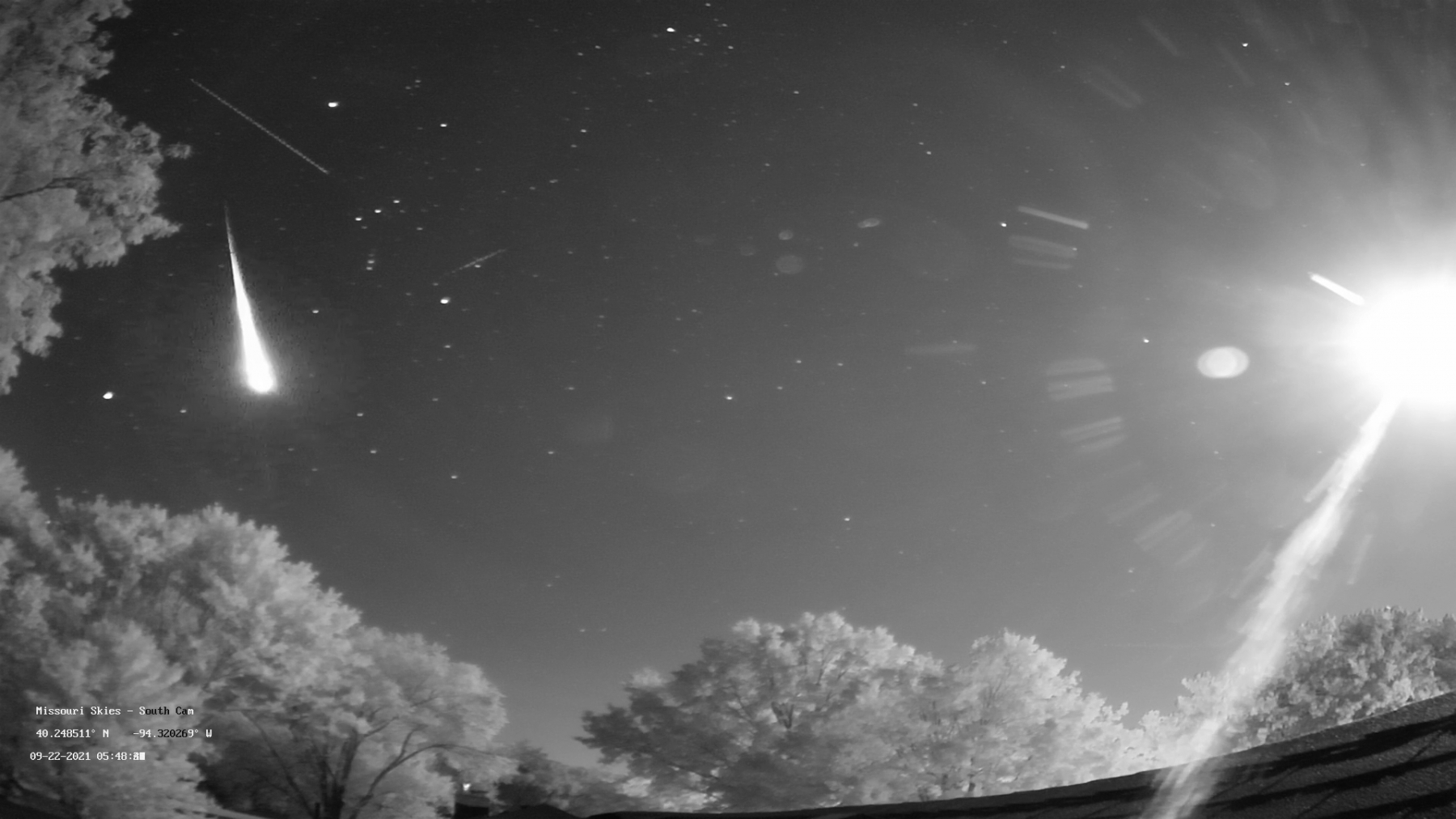
During this period, the moon reaches its new phase on Saturday December 4. At that time the moon lies near the sun and is invisible at night. As the week progresses the waxing crescent moon will enter the evening sky but will set before the more active morning hours arrive.
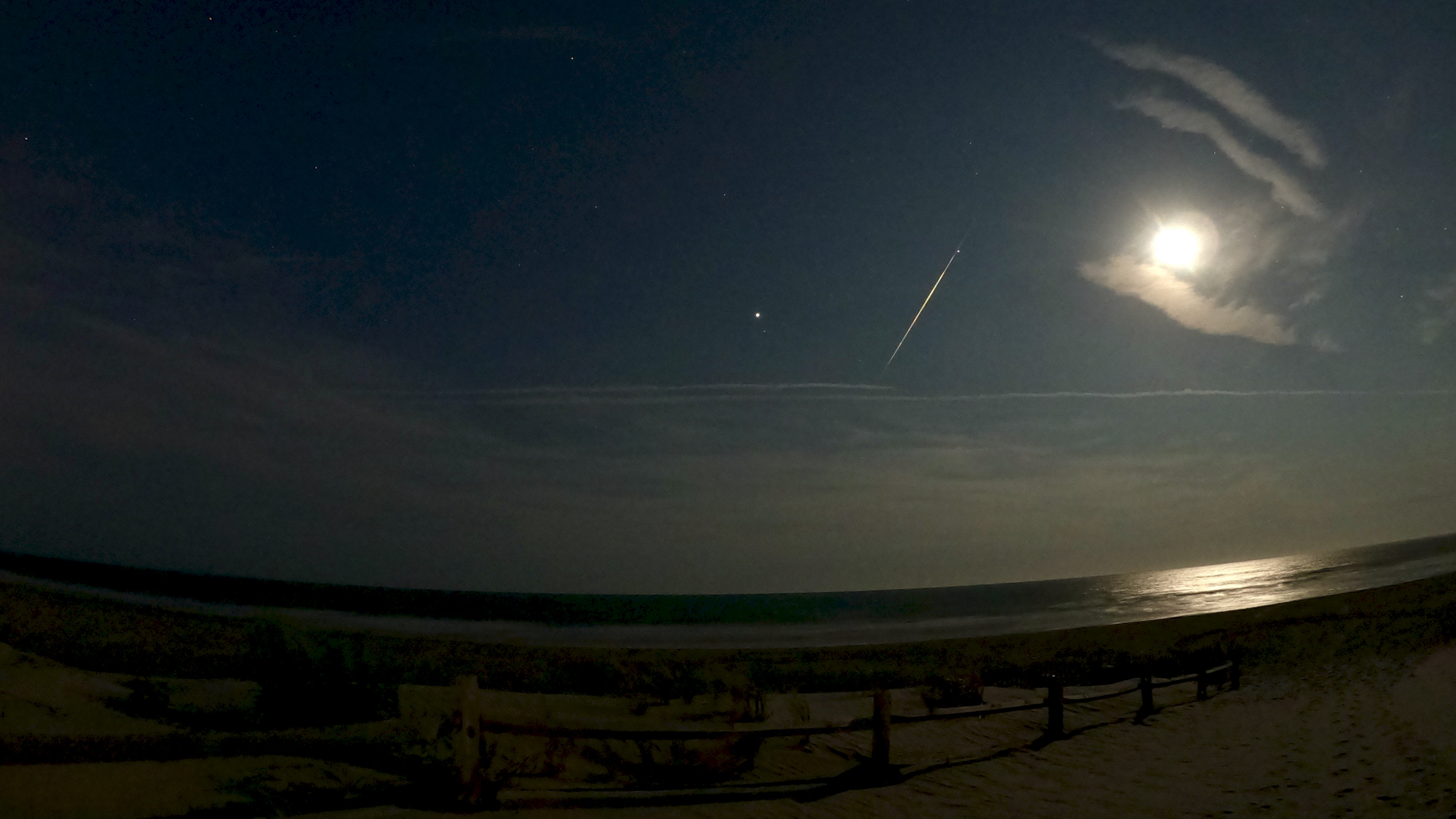
During this period, the moon reaches its last quarter phase on Saturday November 27. At that time the moon will rise near 23:00 (on Nov. 26). This weekend the morning sky will be bathed in moonlight from the half-illuminated moon. If your sky is transparent, successful meteor observations can be undertaken under such circumstances. It helps to face a direction opposite the moonlight in order to sustain your night vision. As the week progresses the moon becomes less of a nuisance as its phase wanes, and it rises later in the morning with each passing night.